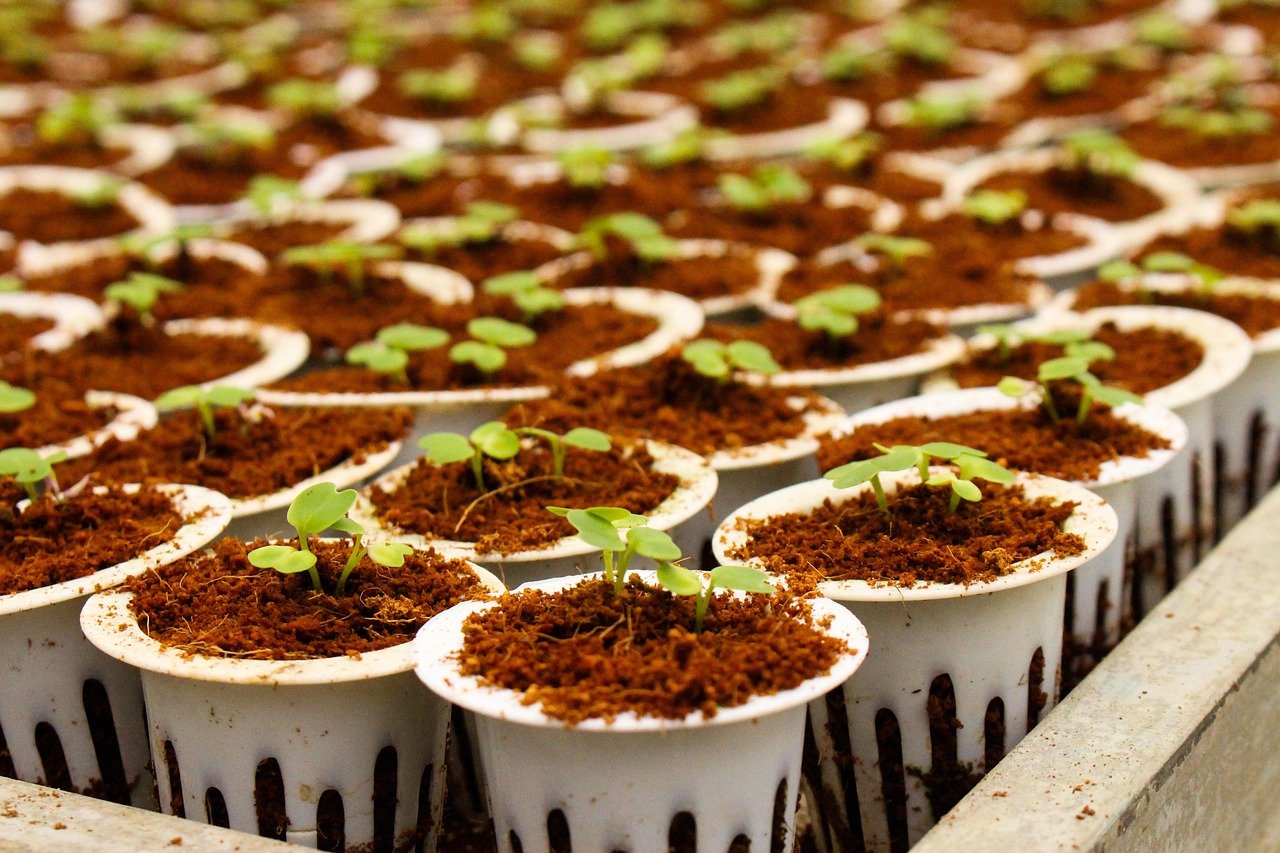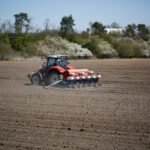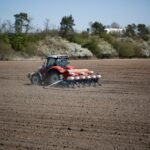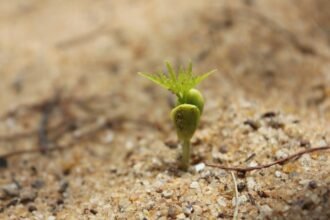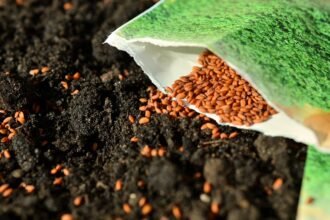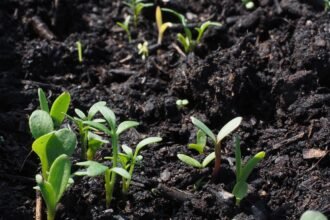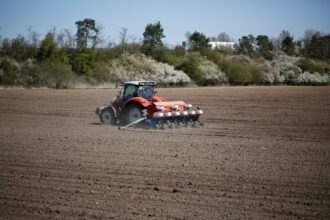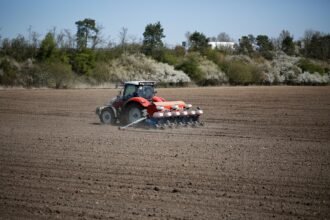Sowing seeds is the first and most essential step in growing a garden, yet many gardeners struggle to get the best results from this foundational activity. Whether you’re a novice or an experienced gardener, understanding the proper techniques for sowing seeds can make a significant difference in the health and productivity of your plants. From choosing the right seeds to ensuring the ideal depth, spacing, and timing, mastering these techniques is crucial for a successful harvest.
In this guide, we’ll explore the essential techniques for sowing seeds, so you can confidently start your gardening journey and see your plants thrive.
1. Choosing the Right Seeds for Your Garden
The first step in successful sowing is selecting the right seeds for your garden’s conditions. Each plant has its own growing requirements, so it’s crucial to choose seeds that align with your climate, soil, and growing season.
Key Considerations:
- Climate: Research your local growing zone and choose seeds that are suited to your area’s climate.
- Seasonal Timing: Some plants are suited for early spring or late summer sowing, while others thrive in cooler weather.
- Space: Consider the amount of space you have for planting. Some seeds require more room to grow than others.
Understanding the environmental needs of your chosen seeds will help you create the perfect growing conditions for them.
2. Determining Proper Planting Depth
The depth at which you sow your seeds is crucial for their successful germination. Too deep, and the seeds might not have enough energy to break through the soil; too shallow, and they might dry out or fail to develop properly.
General Guidelines for Planting Depth:
- Small seeds (like lettuce and herbs) should be sown just below the surface, about 1/8 to 1/4 inch deep.
- Medium-sized seeds (like beans and peas) need to be planted about 1/2 inch to 1 inch deep.
- Larger seeds (such as squash or pumpkin) should be sown about 1 to 2 inches deep.
To ensure proper depth, use a finger, a small stick, or a specialized tool to make small holes in the soil and place the seeds at the appropriate depth.
3. Spacing: Give Your Seeds Room to Grow
Spacing is an essential technique for successful seed sowing, as crowded plants compete for sunlight, water, and nutrients, leading to weak growth and poor yields. Proper spacing allows the plants to access the resources they need for healthy development.
How to Space Your Seeds:
- Refer to the seed packet: The packet usually includes instructions on the optimal spacing for each type of seed.
- Row spacing: For most crops, space rows about 12-18 inches apart to allow enough room for the plants to mature without overcrowding.
- Within-row spacing: This typically varies depending on the plant size. For small herbs, you might only need 2-4 inches between each seed, whereas larger plants like tomatoes may need 18-24 inches between each seedling.
Be mindful of both the horizontal and vertical growth of plants, considering how large they will eventually become when choosing the proper spacing.
4. Timing: When to Sow Your Seeds
Timing is everything when it comes to sowing seeds. If you sow too early or too late, your seeds might not have the right conditions to germinate and thrive.
Timing Tips:
- Follow the seasonal calendar: Each plant has a specific season for sowing, typically indicated on the seed packet. For example, many plants should be sown indoors 6-8 weeks before the last frost date, then transplanted outdoors once the weather warms up.
- Temperature: Some seeds require warm soil to germinate (typically around 65-75°F or 18-24°C), while others, such as cold-season vegetables like peas or spinach, can be sown early in the spring or even in late fall.
- Hardening off: If you’re starting seeds indoors, don’t rush to plant them outside. Gradually acclimate them to outdoor conditions by exposing them to sunlight and outdoor temperatures for a few hours each day over the course of a week.
By planting at the right time, you can ensure that your plants get the maximum benefit from the growing season.
5. Soil Preparation: Creating the Ideal Bed for Your Seeds
The soil you plant your seeds in is just as important as the depth and spacing. Healthy, nutrient-rich soil provides the foundation for healthy plants.
Preparing Your Soil:
- Loosen the soil: Ensure the soil is loose and well-draining so the seeds can root easily. If it’s compacted, the seeds will struggle to break through.
- Amend with organic matter: If your soil is poor in nutrients, enrich it with compost or organic matter to provide essential nutrients for healthy seedling development.
- Adjust pH if necessary: Some plants, like blueberries, require acidic soil, while others prefer neutral or slightly alkaline soil. Test the pH and amend accordingly.
Proper soil preparation creates an optimal environment for your seeds to germinate and grow strong.
6. Watering: Keeping the Soil Moist but Not Soaked
Watering is critical during the germination process, as seeds need consistent moisture to sprout. However, it’s important to avoid overwatering, which can lead to waterlogging or seed rot.
Watering Tips:
- Keep the soil moist: Ensure the soil is consistently moist, but not soggy. Use a fine mist or a gentle watering can to water your seeds without displacing them.
- Avoid drying out: Seeds need moisture to sprout, so don’t let the soil dry out completely. Check the moisture level regularly, especially if you are sowing in containers or trays.
- Water from below: If possible, water from the bottom of the container to allow the soil to absorb moisture evenly, preventing the seeds from getting disturbed by top watering.
Watering properly helps ensure that your seeds will have the moisture they need to germinate without over-saturating the soil.
7. Thin Seedlings for Optimal Growth
Once your seeds have sprouted, it’s time to thin them out. Thinning is essential to give the strongest seedlings room to grow and access resources without competition.
Thinning Tips:
- Wait until seedlings are big enough: Only thin your seedlings when they have at least one or two sets of leaves. Removing too early can damage the plants.
- Use scissors, not fingers: Gently snip the weaker seedlings at the soil level to avoid disturbing the roots of the stronger ones.
- Follow the recommended spacing: Be sure to follow the recommended spacing for each plant to ensure that they have enough room to grow to maturity.
Thinning is a simple but important step to ensure your plants are healthy and well-spaced.
8. Be Patient and Observe the Process
Gardening is a learning process, and it requires patience. Some seeds take longer to germinate than others, and not every seed will sprout successfully. Stay observant, monitor the conditions, and be ready to adjust as needed.
Patience Tips:
- Track your planting dates: Keep a gardening journal to record the dates you sowed seeds and when they sprouted. This will help you track germination times and learn from your experiences.
- Address issues quickly: If you notice mold, pests, or weak growth, act quickly to remedy the situation. Early intervention can prevent small problems from becoming big ones.
By staying patient and observant, you can learn to fine-tune your sowing techniques and ensure future success.
Conclusion
Mastering the art of sowing is a rewarding and essential skill for every gardener. By understanding the importance of planting depth, spacing, timing, and proper soil preparation, you’ll be well on your way to growing a healthy, vibrant garden. Remember, every seed sown is an opportunity to learn, grow, and enjoy the fruits (or vegetables) of your labor. With patience, practice, and a bit of knowledge, you’ll soon be a master seed-sower, ready to enjoy the rewards of your efforts. Happy gardening!

